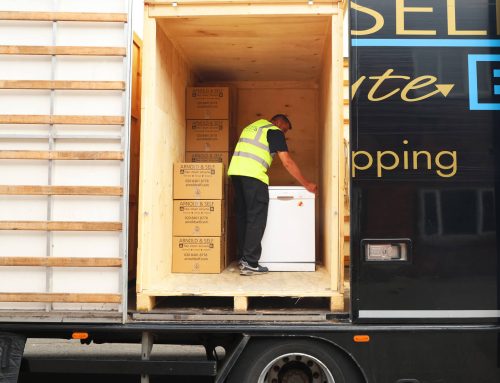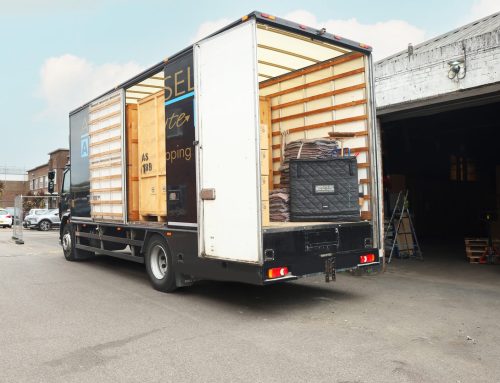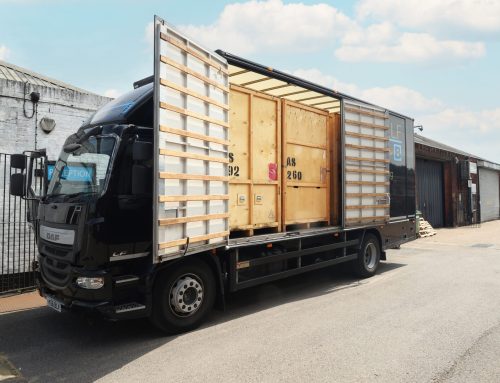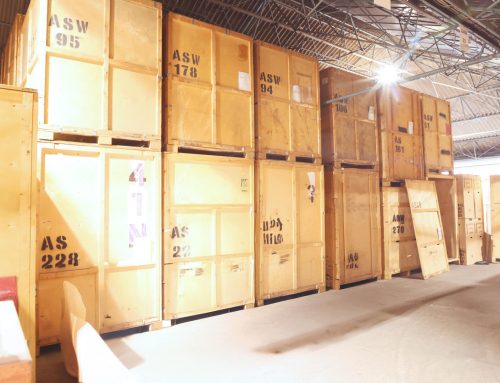Welcome to the ultimate guide on making your office move as smoothly and cost-effectively as possible! Are you feeling the weight of planning an office relocation? How do we manage costs, minimise downtime, and ensure a seamless transition? You’re not alone. Moving offices in London can be one of a business’s most significant challenges. But fear not! With proper preparation and insights, you can turn this daunting task into a strategic advantage. We’re here to reveal the top secrets that will save you costs and stress, making your move successful.
The Planning Phase: Your Blueprint for Success
Moving offices is more than just a physical shift; it’s a strategic opportunity to enhance your business’s functionality and morale. Start with a clear plan:
- Define Your Objectives: Understand what you want to achieve with the move. Is it more space, a better location, or upgraded facilities?
- Timeline and Budget: Establish a realistic timeline and budget. Consider the costs of office movers in London, potential downtime, and any new equipment or furniture needs.
Choosing the Right Office Movers
Selecting the right relocation company in London is crucial. Look for:
- Experience and Reliability: Do they have a track record of successful office moves?
- Services Offered: Can they handle the specifics of your move, such as IT equipment or unique items?
- Cost Transparency: Ensure there are no hidden fees. A reputable commercial movers service will provide a precise quote.
Navigating Costs and Services
- Get Multiple Quotes: Don’t settle for the first quote. Compare prices and services from different movers services near me.
- Understand the Services: Know what’s included. Do they offer packing, unpacking, and setup? What about insurance?
Making the Move: Practical Steps
- Declutter and Organise: Moving is an excellent opportunity to declutter. Sort through old files, outdated equipment, and unused furniture.
- Packing Strategy: Label everything and keep a record. Consider professional packing services for delicate items.
- Communication is Key: Keep your team informed and involved. Assign roles and responsibilities for a smoother transition.
After the Move: Setting Up for Success
- Immediate Needs: Ensure essential utilities and services are up and running from day one.
- Employee Orientation: Help your team adjust to the new space. Offer a tour and highlight new features or changes.
Keeping Costs Down and Morale Up
Finally, remember that while cost is a crucial factor, it’s not the only one. The well-being of your team and the continuity of your business are equally important. A successful move is about balancing all these factors, and with the secrets we’ve revealed, you’re well on your way.
Streamlining Your Move with Advanced Planning
Advanced planning is the cornerstone of a successful office move. It’s about more than just picking a date and moving; it’s a strategic exercise that can significantly impact your operational efficiency and employee satisfaction.
Detailed Inventory: Know Your Assets
Before you even begin to pack, a detailed inventory of your assets is essential. Not only does this help in organising the move, but it also aids in:
- Assessing Needs: Understanding what needs special handling, what can be sold or donated, and what needs to be replaced.
- Budgeting Accurately: Knowing to be precise what you’re moving can help you get more accurate quotes from office movers in London.
Leveraging Technology for Efficiency
In today’s digital age, leveraging technology can make your move smoother. Consider:
- Project Management Tools: Keep track of tasks, responsibilities, and deadlines.
- Inventory Apps: Use apps to keep a digital record of your inventory and its condition.
The Human Element: Supporting Your Team
An office move isn’t just a physical transition; it’s a change that affects your team. Addressing their needs and concerns is vital.
- Early Communication: Keep your team informed about the move plans and how it will affect them.
- Involvement: Involve employees in the planning process where possible. That can increase buy-in and reduce resistance.
- Support and Guidance: Provide clear instructions and support during the move. Consider their workspace needs and preferences in the new office.
Managing Downtime: Keeping the Business Running
Downtime is a significant concern for any business considering an office move. However, with careful planning, you can minimise the impact.
- Staggered Moving: Consider moving different departments at different times to keep some parts of the business operational throughout the move.
- Backup Plans: Have contingencies in place for critical business functions. Ensure employees can work remotely if necessary.
Actionable Tips for a Cost-Effective Move
In this section, let’s look at some practical ways to keep your costs down without compromising on the quality of your move.
- Compare and Negotiate: Get quotes from several relocation companies in London and be bold in negotiating.
- Off-Peak Discounts: Moving during off-peak times can be cheaper.
- Reuse and Recycle: See if you can reuse some packing materials or furniture.
Addressing Post-Move Challenges
Even after the move, there might be challenges to face. Addressing these early can ensure they turn into manageable problems.
- Unpacking and Setting Up: Plan for systematic unpacking and setting up, prioritising critical business areas.
- Feedback Loop: Create a mechanism to receive and address feedback or issues from your team related to the new space.
Conclusion:
As we conclude this journey, it’s clear that a successful office relocation is much more than a mere change of address. It’s about strategic planning, understanding costs, involving your team, and ensuring business continuity with minimal disruption. We’ve explored how early planning, detailed inventory management, leveraging technology, and considering the human element of moves can transform this daunting task into a strategic, efficient process.
Remember, every step, from choosing the right office movers in London to managing downtime and post-move challenges, is an opportunity to optimise and improve your business operations. The key is approaching it with a clear plan, open communication, and the proper support – qualities that Arnold & Self embody and offer.
As you embark on your office relocation journey, consider every move matters as your mantra. Let this guide be the first step towards a successful, cost-efficient, and stress-Minimised move.



 020 8401 8778
020 8401 8778 





